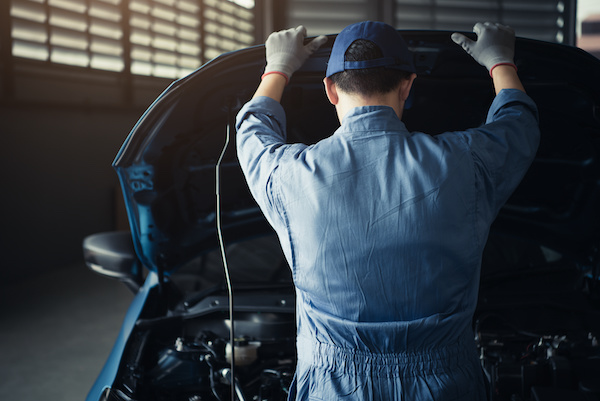
In the world of automobiles, the heart that powers our journey comes in various shapes and sizes. Among the most debated topics is the choice between inline and V-shaped engines. Each configuration offers distinct advantages that cater to different driving preferences and vehicle applications. Luckily, we are here to talk exactly about that!
Inline Engines - The "Straightforward" Performers
Inline engines, commonly referred to as straight engines, have all their cylinders arranged in a single row. This linear design has been favored for its simplicity and ease of maintenance. Let's examine why an inline engine might appeal to certain drivers:
Smoother Operation
Thanks to the natural balance of straight configurations, inline engines typically operate more smoothly than their V-shaped counterparts.
Cost-Effectiveness
The uncomplicated structure makes them generally less expensive to manufacture and repair.
Space Efficiency
Inline engines are slimmer, though longer, which can make them ideal for smaller cars where width is a limiting factor.
These characteristics often make inline engines a go-to choice for economy-focused vehicles and some performance models due to their inherently balanced nature.
V-Shaped Engines - Power in a Compact Package
V-shaped engines feature two banks of cylinders angled away from each other in a 'V' formation. This setup is especially popular in high-performance sports cars and heavy-duty vehicles for several reasons:
Compact Design
A V-shaped layout allows more cylinders to fit into a smaller space, resulting in higher power outputs without significantly increasing engine size.
Weight Distribution
The compactness helps with centralizing mass and improving weight distribution—a critical factor for handling in performance cars.
Scalability
It's easier to add more cylinders (V8, V10, or even V12 configurations) without making the engine too long, which provides an upgrade path for power while maintaining overall vehicle dimensions.
Drivers who favor performance and power over cost may find that V-shaped engines suit their requirements better than inline options.
Which Is Better?
The "better" engine type isn't a one-size-fits-all answer; it highly depends on what you prioritize in your driving experience:
- If you're looking for an efficient, cost-effective engine with straightforward maintenance, an inline configuration may be your preferred choice.
- On the other hand, if raw power, a smaller footprint under the hood, or superior handling are your aims, then a V-shaped engine could be worth the additional investment.
Unveiling Under-Hood Preferences
Manufacturers choose between these two designs based on several factors—market trends, vehicle design goals, and performance requirements. Drivers must weigh these same considerations when selecting their ideal car.
Understanding your own priorities—whether it's fuel efficiency or fast-paced driving—will guide you toward an informed decision between these two distinguished paths of automotive engineering.
And remember, no matter the shape, size, or cylinder count, your vehicle is always welcome at our shop! Westside Car Care will take care of all your maintenance and repairs - you just need to give us a call!